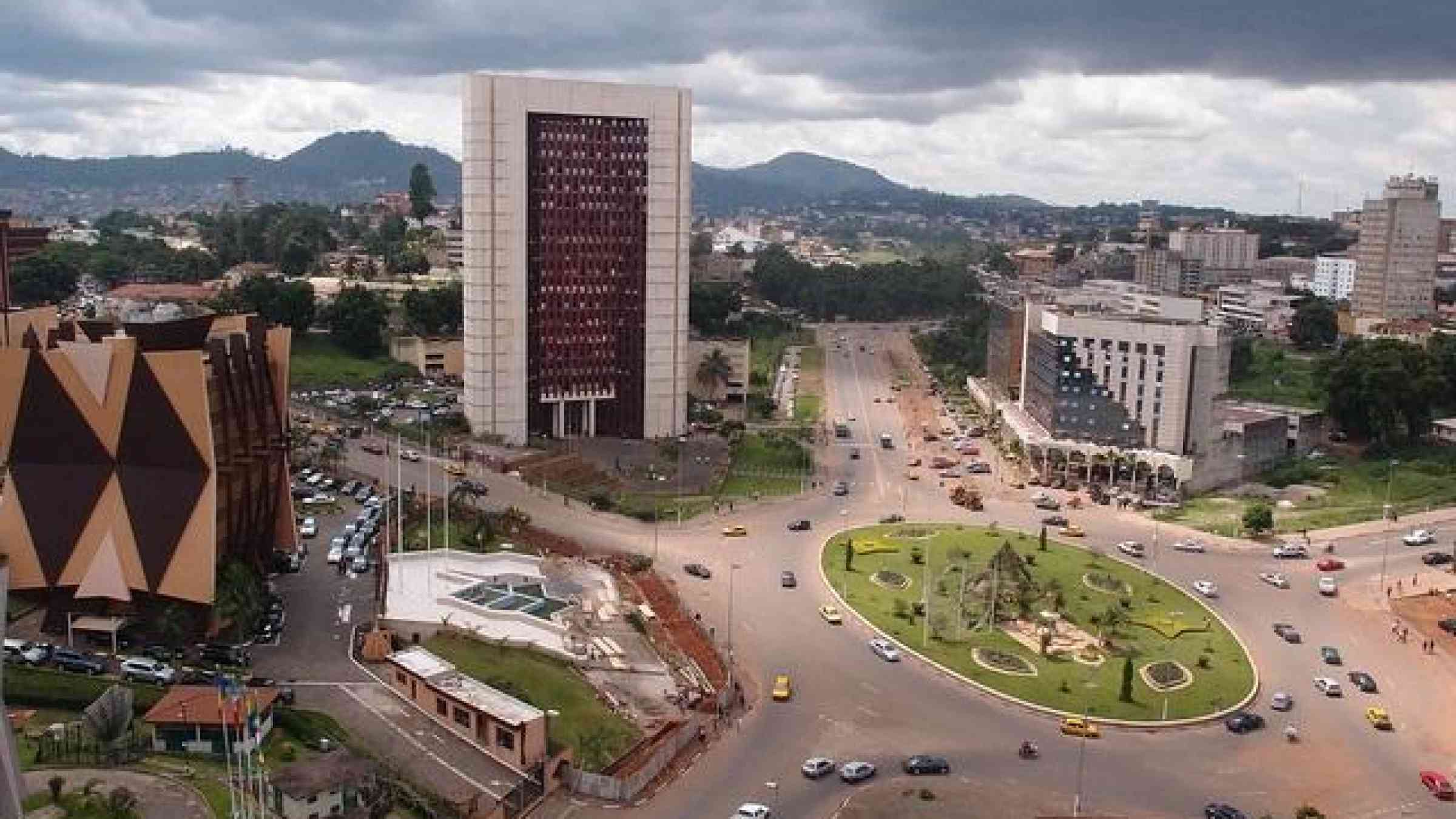Africa meets to align with Sendai Framework

NAIROBI, 2 July 2015 - Known to many as little Africa, Cameroon is home to many natural hazards such as volcanic eruptions, earthquakes, landslides, desertification, epidemics, lake eruptions and frequent flooding.
In three weeks, Cameroon will host the first inter-governmental meeting held to put into action the new Sendai Framework for Disaster Risk Reduction 2015-2030. It is a gathering which will revive memories of one of the continent’s most unusual disasters and how the risk has been managed since.
In August 1987, Lake Nyos, a crater lake in the northwest of Cameroon exploded and emitted a large cloud of carbon dioxide which killed more than 1,700 people and 3,500 livestock within minutes in a 25km radius.
High levels of carbon dioxide are often found under crater lakes but usually dissipate over time. In the case of Lake Nyos the gas was contained by deep waters under intense pressure which mounted over hundreds of years.
To avoid a repeat of this tragedy, the Government of Cameroon with the support of scientists from France, set up a programme to release the gas. Pipes were installed to allow the gas to escape slowly, at a regular rate. A solar powered early warning system monitoring carbon dioxide levels was set up to ensure that if there was to be another explosion it would give the local population time to evacuate.
Cameroon’s Minister of Territorial Administration and Decentralization, Mr. René Emmanuel Sadi said: ”Facing up to the forces of nature is a challenge, but we should not be passive in the wake of such threats. We should prepare through prevention and preparation. Cameroon will not spare any effort to reinforce and contribute to a significant global effort on disaster risk reduction.”
The country is now preparing to host the world’s first high level meeting to discuss implementation of the new global action plan for disaster resilience, the Sendai Framework for Disaster Risk Reduction, agreed at a UN World Conference in Sendai, Japan, in March www.wcdrr.org.
The 7th Africa Working Group Meeting on Disaster Risk Reduction and High Level Meeting will take place in Yaoundé from 21-23 July 2015. It will bring together government representatives and Africa’s Regional Economic Communities and seek to align Africa’s existing programme of action with the Sendai Framework. Over 30 countries will be represented including 14 at ministerial level.
Data from the last 20 years shows that in terms of percentages of population affected by disasters Africa has six countries in the top ten most affected countries. When data is standardized to reflect the numbers of people affected per 100,000 of population, Eritrea, Lesotho, Zimbabwe, Somalia, Kenya and Niger emerge as the worst-affected.
The meeting will be funded by the European Union in support of the African, Caribbean and Pacific (ACP) Group of States. It will be led by the African Union and supported by the Economic Community for Central African States and the UN Office for Disaster Risk Reduction.
The goal is to ensure that disaster risk reduction is fully integrated into all areas of policy and planning for the next 15 years and beyond.
“Africa is a continent which is experiencing a lot of disasters, limitations are still high, we still have a lot of poverty and limited resources to respond, and at the same time Africa is faced with climate change related disasters. The Sendai Framework will influence the strategy which we have in place,” said H.E. Tumusiime Rhoda Peace, Commissioner for Rural Economy and Agriculture at the African Union. She also remarked on the fact that Africa now has 38 national platforms for disaster risk reduction.
"This meeting comes at a time when the threat of an increase in extreme weather related events and disasters, due to climate change is ever present. The outcome of this meeting will be critical in reducing the risk and building sustainable livelihoods in Africa. Disasters do not wait so we need to act now," said Sharon Rusu, Head of UNISDR's Regional Office for Africa, based in Nairobi.